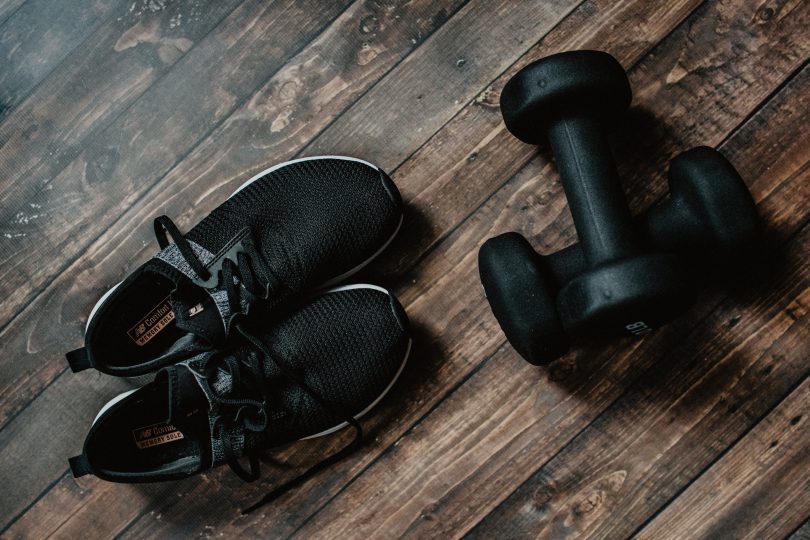…confronting the menopause
The menopause. It hits some like a sledgehammer whilst others sail through with few or no symptoms. For those of us with extreme symptoms, the menopause comes like an avalanche, earthquake, tidal wave or any analogy you choose from mother nature invoking natural chaos. For me, the menopause has been tougher than childbirth, more tiring than that era when I was a parent of 3 under 6-year-olds and as draining as trying to control 3 teenage boys. However, it has also been an agent of positive change and self-discovery.
I have kept myself in good shape my whole life; I teach yoga and I’m an National Academy of Sports Medicine (NASM) Personal Trainer. I always assumed I’d breeze through the menopause. Then I hit 50 and suddenly my injury rate went sky high (not to mention all the other symptoms). Thus began a frustrating cycle of resting, reducing activity, building up again, paying for frequent physio, acupuncture and massages along the way.
So, what exactly is going on here? Well, I was not as strong as I thought for starters. Menopause aside, we all lose muscle mass from our 30s onwards –3-5% yearly. Yes, that’s a depressing statistic but very fixable (I’ll come back to that!) Sarcopenia is the official name for age-related muscle wasting. Although I’d kept fit and strong, there was something missing from my workouts and that was more weights. Muscles get weaker as we age, and we need to challenge our muscles using resistance. Mine had got used to doing the same old routine – yoga and lots of body weight training. They needed a new challenge! Resistance training is any form of training where you get your muscles to contract against external resistance – this can be gravity (bodyweight exercise), resistance bands, kettle bells or weights. This builds strength in the muscle as well as keeps bone strong, improving density which is very helpful in limiting osteoporosis.
Menopause also throws something else at us – declining oestrogen levels.
Oestrogen is a hormone which regulates our periods, helps with our bone growth and strength as well as cardiovascular health. During peri/menopause, levels decline, and this can be problematic for many women. The list of symptoms associated with declining oestrogen levels includes hot flushes, anxiety, night sweats, breast tenderness, poor concentration, weight gain, fatigue, painful sex, osteoporosis, blood pressure problems.
The list of effects that low oestrogen has on the female body is lengthy and there isn’t space to go into them all in this article. I am largely focusing on our musculoskeletal system. Research shows that low oestrogen breaks down the collagen fibres in our tendons and slows down new fibre production. The make-up of our tendons appears to change too, with less collagen (just like our skin). There is therefore, more potential for injury as we train during the menopause. With HIIT or high impact training for example, there is more potential for damage to tendons. That’s why it is so important that your fitness instructor or personal trainer has a good understanding of what happens to a woman’s body during menopause. Recovery from injury takes longer as we age so we want to avoid it in the first place.





Leave a Comment